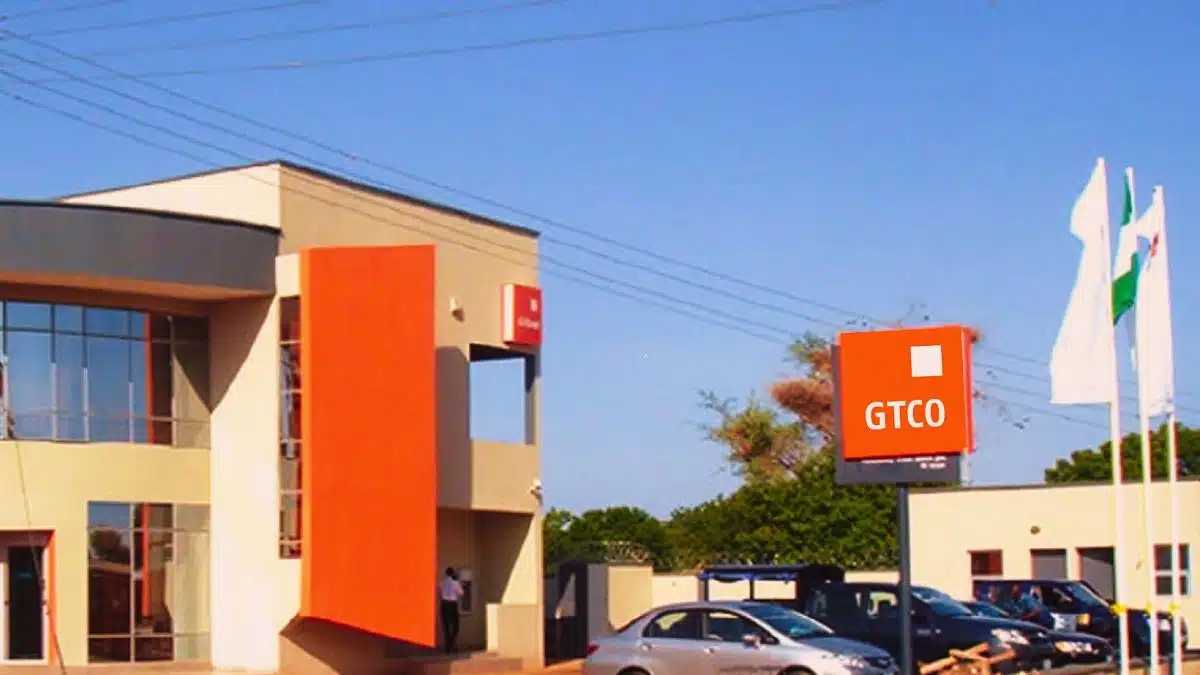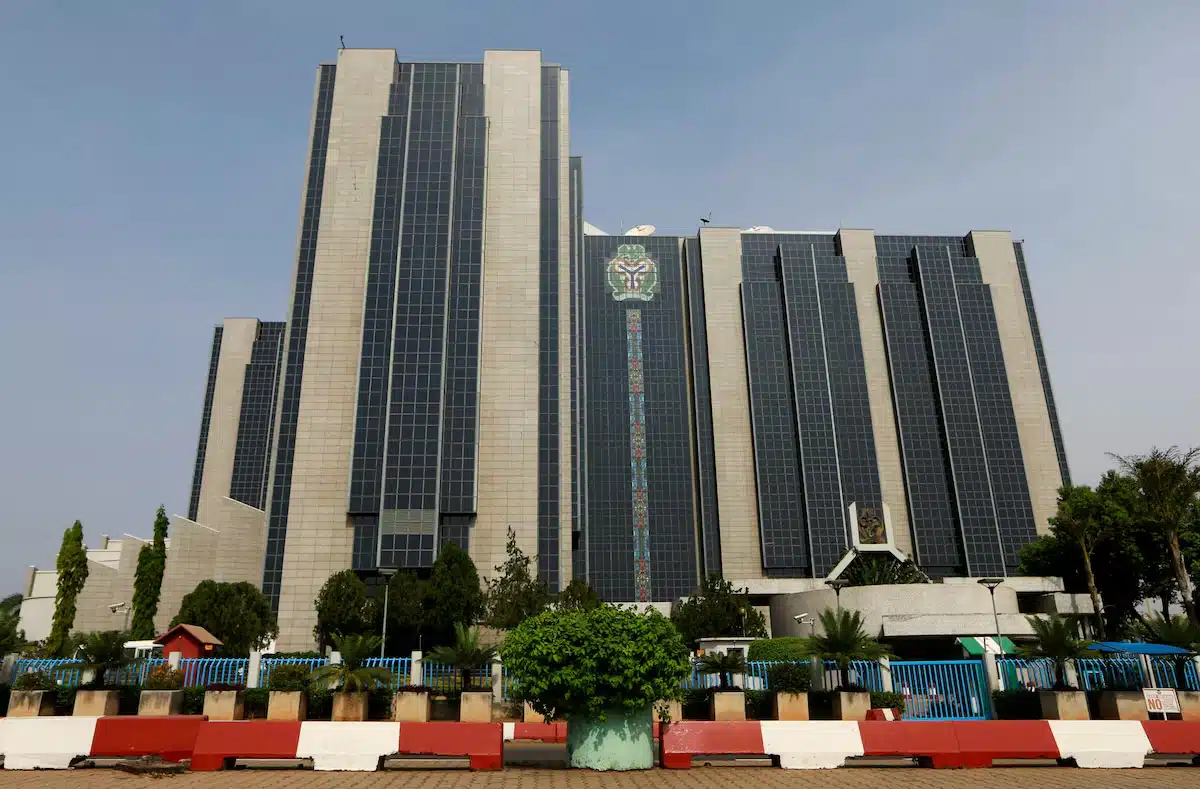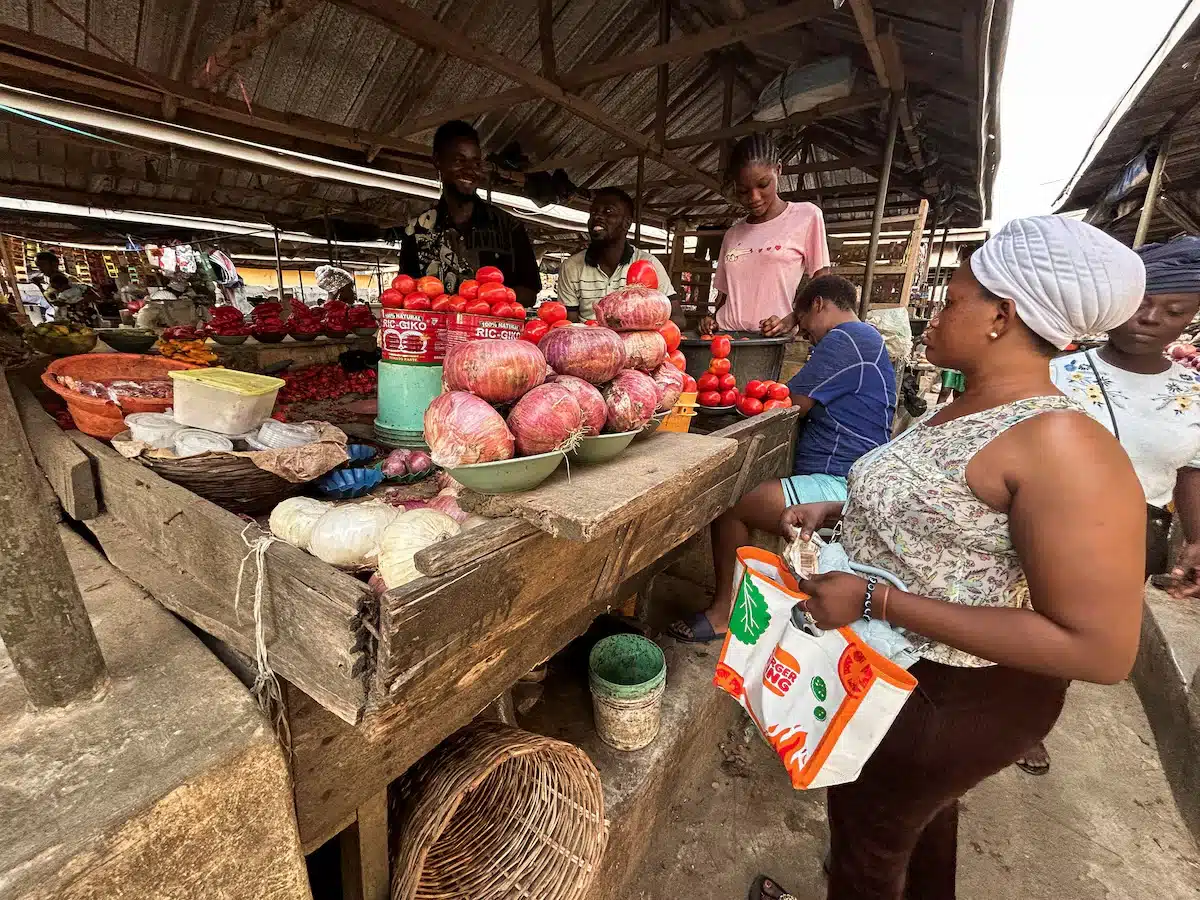Airtel Africa, Nigeria’s second-largest telecom operator, recorded a 22.4% year-on-year revenue increase to $1.42 billion for the quarter ended June 30, 2025, up from $1.16 billion in the same period last year.
According to its earnings report released last Thursday, the group’s revenue rose by 22.4% in reported currency and 24.9% in constant currency. Mobile services revenue grew by 23.8% in constant currency, driven by a 38.1% surge in data revenue and 13.9% growth in voice services.
“Acceleration in constant currency revenue growth was supported by tariff adjustments in Nigeria and continued improvement in Francophone Africa, where revenue growth accelerated to 16.4%,” the company said in the earnings report.
Group mobile services revenue stood at $1.19 billion, up 20.8% in reported currency and 23.8% in constant currency. Mobile money revenue also posted strong gains—rising 31.0% in reported terms and 30.3% in constant currency—bolstered by solid growth in East and Francophone Africa.
Regional highlights
Francophone Africa
Revenue from Francophone Africa—which includes Chad, Democratic Republic of the Congo, Gabon, Madagascar, Niger, Republic of the Congo, and Seychelles—rose by 19.2% in reported currency and by 14.8% in constant currency. The higher reported growth was largely driven by the appreciation of the CFA franc.
The region has seen consistent revenue acceleration over the past year, recovering from 3.6% growth in Q1 2024 to 14.8% 2025, thanks to market recovery, expanded 4G rollout, and intensified go-to-market strategies.
Data revenue grew by 41.9% in constant currency, supported by a 29.9% increase in the data customer base. Overall data usage rose by 62%, with average data use per customer climbing 25.9% to 6.1 Gigabytes (GB) per month. Smartphone penetration reached 44%, and smartphone data usage rose to 7.3GB per customer, up from 5.9GB.
However, voice revenue declined 3.0% despite an 11.3% increase in the customer base, due to interconnect rate cuts that reduced Average Revenue Per User (ARPU)
East Africa
In East Africa—covering Kenya, Malawi, Rwanda, Tanzania, Uganda, and Zambia—revenue rose by 20.9% in reported currency and 16.9% in constant currency. The growth was supported by Ugandan shilling appreciation and strong data demand.
Voice revenue grew by 15.1%, aided by a 9.8% increase in subscribers and a 4.0% rise in ARPU. Data revenue surged 21.4%, fueled by an 18.3% expansion in the data customer base. Airtel has continued investing in network expansion, including 4G and 5G. As of Q2, 1,244 sites were 5G-enabled across four core markets.
Data usage per customer increased by 28.8% to 7.1GB monthly, while smartphone penetration climbed 3.9 percentage points to 43%. Smartphone data usage rose to 8.8 GB, up from 7.0GB a year earlier.
Nigeria context
In Nigeria, where the naira depreciated from an average of ₦1,384 to ₦1,585 per dollar year-on-year, reported currency revenue grew by 30.0%, while constant currency growth stood at 48.9%.
CEO commentary
“We are very pleased with the strong growth in our operating and financial performance in the first quarter,” said Sunil Taldar, Airtel Africa’s CEO. “This performance reflects sustained demand for our services and the strength of our business model.”
Taldar also noted a 9% increase in the total customer base and a 17.4% rise in data subscribers to 75.6 million, driven by digital expansion and customer experience initiatives. One of these is Airtel Spam Alert, an Artificial Intelligence-powered feature designed to boost trust and safety on its network.











